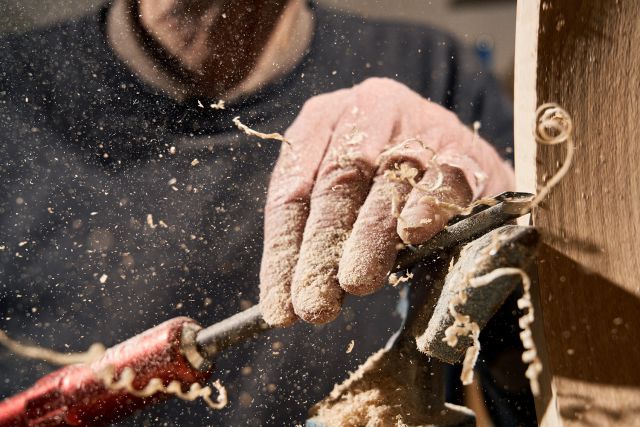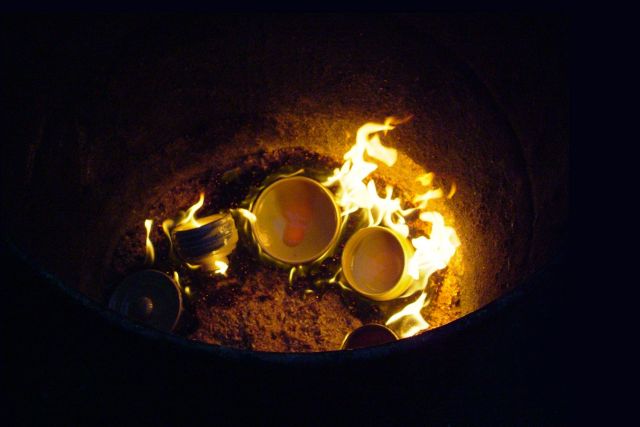The way atoms and molecules interact with each other, leading to the formation of cells and thus the creation of any natural structure, show how micro and macrocosms are interlinked. This project translates the structure of wooden cells viewed under a microscope into human dimensions. A simple steel container serves as a frame for the wooden lids, which are declined in a multiplicity of structures developed from the original microscopic anatomy of wood.
Height 10 cm
Diameter 20 cm
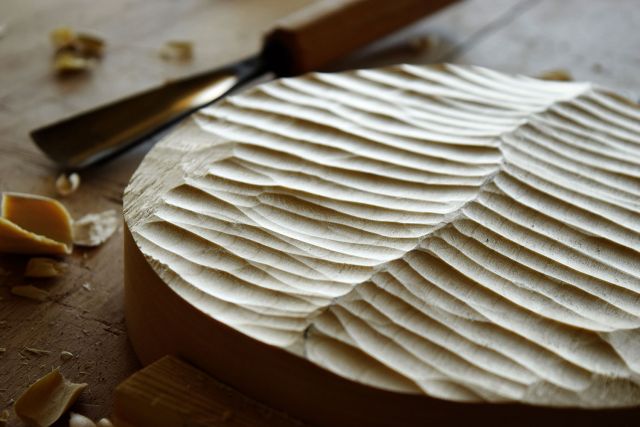
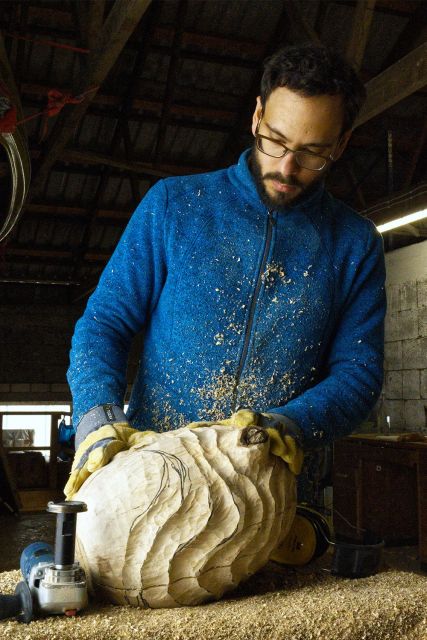

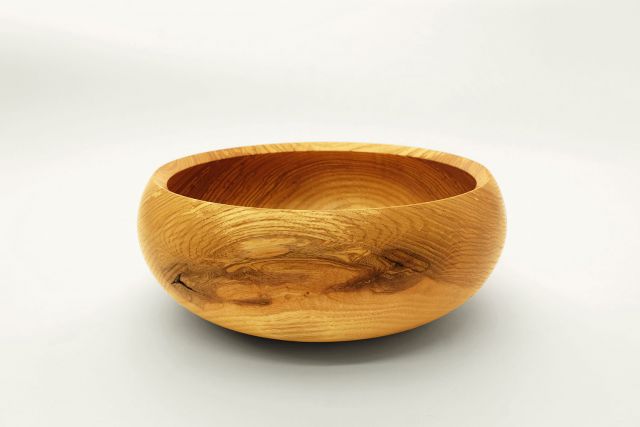
Gabriel Tarmassi
- Wood sculptor
- Bamberg, Germany
- Master Artisan
- Recommended by Zentralverband des Deutschen Handwerks
By appointment only
+49 1753407075
The dialogue between man-made and natural
- • Gabriel explores the creative potential of wood
- • He uses traditional knowledge to expand the variety of forms
- • Organic structures serve as his inspiration
At the first floor above a carpenter workshop in the historical town of Bamberg you can find Gabriel Tarmassi’s workshop. His passion for wood started as a child, making simple hand carved spoons and bowls, but it was during his studies in engineering – with a focus on wooden constructions – that he realised that he didn’t only want to work with wood in a theoretical way, he wanted to get his hands dirty: “I felt the urge to be in direct contact with the material.” Consequently, he signed up for a cabinetmaker apprenticeship, which he followed by studies in design. Gabriel has developed a unique form of expression in wood that was awarded the Meisterpreis der Handwerkskammer für München und Oberbayern in 2018 and was featured in the Talents section of the IHM Munich 2019.
Read the full interviewWorks
Photo: © Gabriel Tarmassi

Photo: © Gabriel Tarmassi
The constant rotation of a piece around a centre defines the process of woodturning. This piece simultaneously highlights the process itself as an approach to design. The piece literally draws the user's attention to its centre, as the concentric grooves interfere with the inherent structure of the material. The closer one gets to the centre, the more the object condenses and approaches its core.
Height 9 cm
Width 40 cm

Photo: © Gabriel Tarmassi
Sphere is a wall piece hand carved in natural cherry wood.
Diameter 30 cm

Photo: © Gabriel Tarmassi
This elegant wall piece was hand carved and polished in maple wood.
Height 26 cm
Width 98 cm

Photo: © Gabriel Tarmassi
This elegant wall piece was hand carved and polished in maple wood.
Height 34 cm
Width 34 cm






